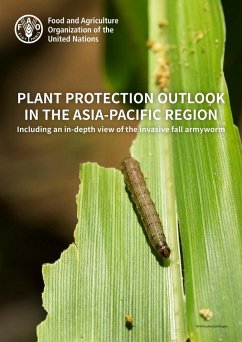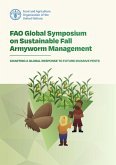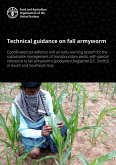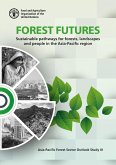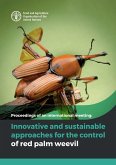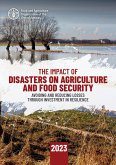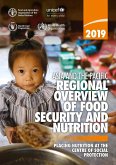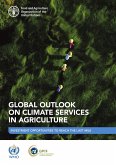One of the world's greatest challenges is to feed a growing human population in an effective, sustainable, and environmentally conscious manner. In the Asia-Pacific, agri-food production is greatly impeded by a speciose complex of transboundary pests and pathogens (TPP). Integrated pest management (IPM), a sequential decision-making process founded upon agroecological principles and aimed at reducing pest-induced losses with minimal (if any) reliance upon chemical toxins, is tailor-made to resolve the impact of TPP. This technical paper draws upon the results of online surveys and systematically maps the lay-out and inclusiveness of national plant protection programmes. It examines whether IPM is being used optimally used to tackle recent invasions of the fall armyworm (FAW) (Spodoptera frugiperda). By juxtaposing countries' FAW programme priorities with their in-house capabilities, this technical paper puts forward several tactical interventions to fill capacity gaps, mobilize technical expertise, redraw IPM legislation, and spotlight earlystage biological control successes. As such, this work provides invaluable guidance to future efforts to upscale nature-friendly technologies across the Asia-Pacific. No doubt, the net positive monetary, environmental, and societal dividends of such approaches will yield enormous returns on future investments.
Dieser Download kann aus rechtlichen Gründen nur mit Rechnungsadresse in A, B, CY, CZ, D, DK, EW, E, FIN, F, GR, H, IRL, I, LT, L, LR, M, NL, PL, P, R, S, SLO, SK ausgeliefert werden.

